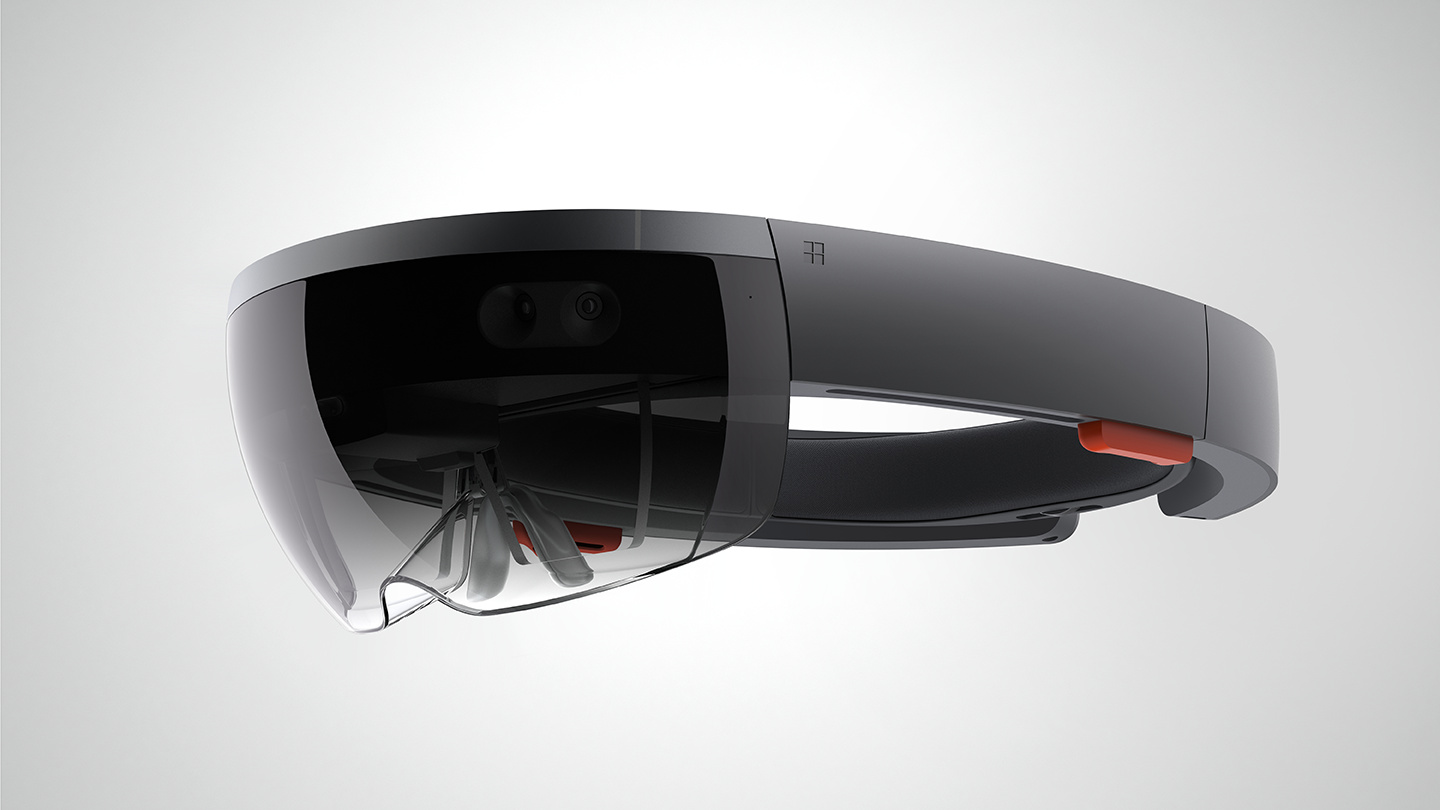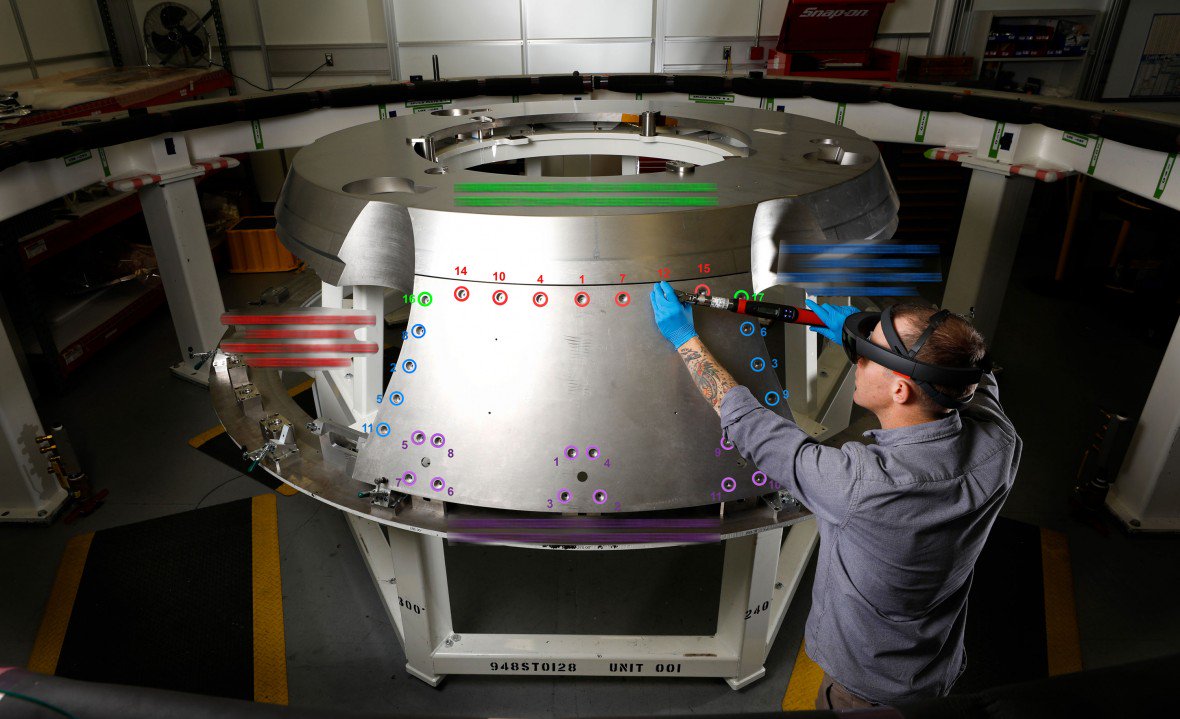At the end of February, Microsoft will introduce HoloLens 2 VR glasses

Microsoft has announced that it will soon introduce the second version of its video glasses HoloLens. They will be shown at Mobile World Congress at the end of this month. How the glasses will look and what they can do is unclear, the corporation has released only a couple of videos, where the minimum information is shown.
From what has leaked to the network (intentionally or not, it does not matter), we know that version 2.0 glasses will be lighter, they have an improved screen installed that will allow the user to feel quite comfortable. Improved and updated sensors (installed system, similar to Project Kinect for Azure ).
The corporation also said that a new Holographic Processing Unit (HPU) was installed in the glasses. Now the neural network helps to process data (generally speaking, the corporation speaks about AI, but it is clear that this will nevertheless be a neural network). The processor is a Qualcomm Snapdragon 850, it will replace the Atom, which worked in the first version.
By the way, the company sold off all manufactured glasses of the first model. Now there is not even an option for developers.
Despite the fact that Hololens glasses are not as popular as the Oculus Rift or HTC Vive, they are used both in everyday life and in science or industry. For example, engineers of the American company Lockheed Martin work in these glasses to increase the efficiency of mounting the Orion spacecraft. That he must deliver people to the Moon and Mars.

Points make work easier because they allow you to overlay additional layers of information on a regular video sequence. Thus, the collector does not need to constantly flip through manuals of thousands of pages. According to representatives of Lockheed Martin, the engineers of this company work with HoloLens every day during routine tasks.
Work can be both collaborative and single, there are no problems in either case. The headset is used, for example, to learn how to implement a new assembly stage or to check the correctness of the actions performed. The individual elements of the structure are painted in different colors, and the color range is divided both in time (that is, parts that are painted, for example, in shades of green, are installed next month), and in terms of functionality (different nodes have different shades of color). According to the developers, the new technology allows specialists to save a huge amount of time.
Points are used and employees of NASA in the study of Mars. Representatives of the agency and Microsoft Corporation have created a specialized Onsight platform, which allowed to process data coming from Curiosity. Operators see the surface of Mars as it appears to the cameras of the rover. Astronomers can navigate the surface of the Red Planet, paving the way for the rover.
This device is also being tested on the ISS, where it helps astronauts work with different nodes, elements of technical systems without instructions. The astronaut is supervised by a remote technician who tells and shows what needs to be done and how.
The first version of the glasses uses a 64-bit 4-core Intel Atom x5-Z8100 processor with a frequency of 1.04 GHz. In addition, the system has a holographic processor, which was developed exclusively for HoloLens. It uses 28 digital signal processors to process and integrate data from all sensors, plus for spatial scanning of the premises, gesture, voice and speech recognition.
The glasses have their own data storage capacity of 64 GB, about 10 GB is reserved for the needs of the operating system. The amount of RAM is 2 GB. The video glasses also have 4 cameras (2 on each side) for scanning the environment and orientation in space. Also installed 4 microphones, gyrostabilizer, depth sensor, video camera and light sensor.
Points are positioned by the company as a business device. At first, Microsoft planned to sell the device as an accessory for gamers, but then it turned out that corporate customers show great interest in HoloLens. Perhaps after the price of glasses decreases, gamers will use them. Although, of course, it is unlikely that the second version of the glasses will be inexpensive.
Thanks to HoloLens and other devices, virtual reality, although slowly but surely, penetrates into everyday life, business and production. The main stumbling block is the price of VR systems and various technical flaws (for Oculus Rift, for example, the need to connect glasses to a powerful PC, which in itself costs a lot).


